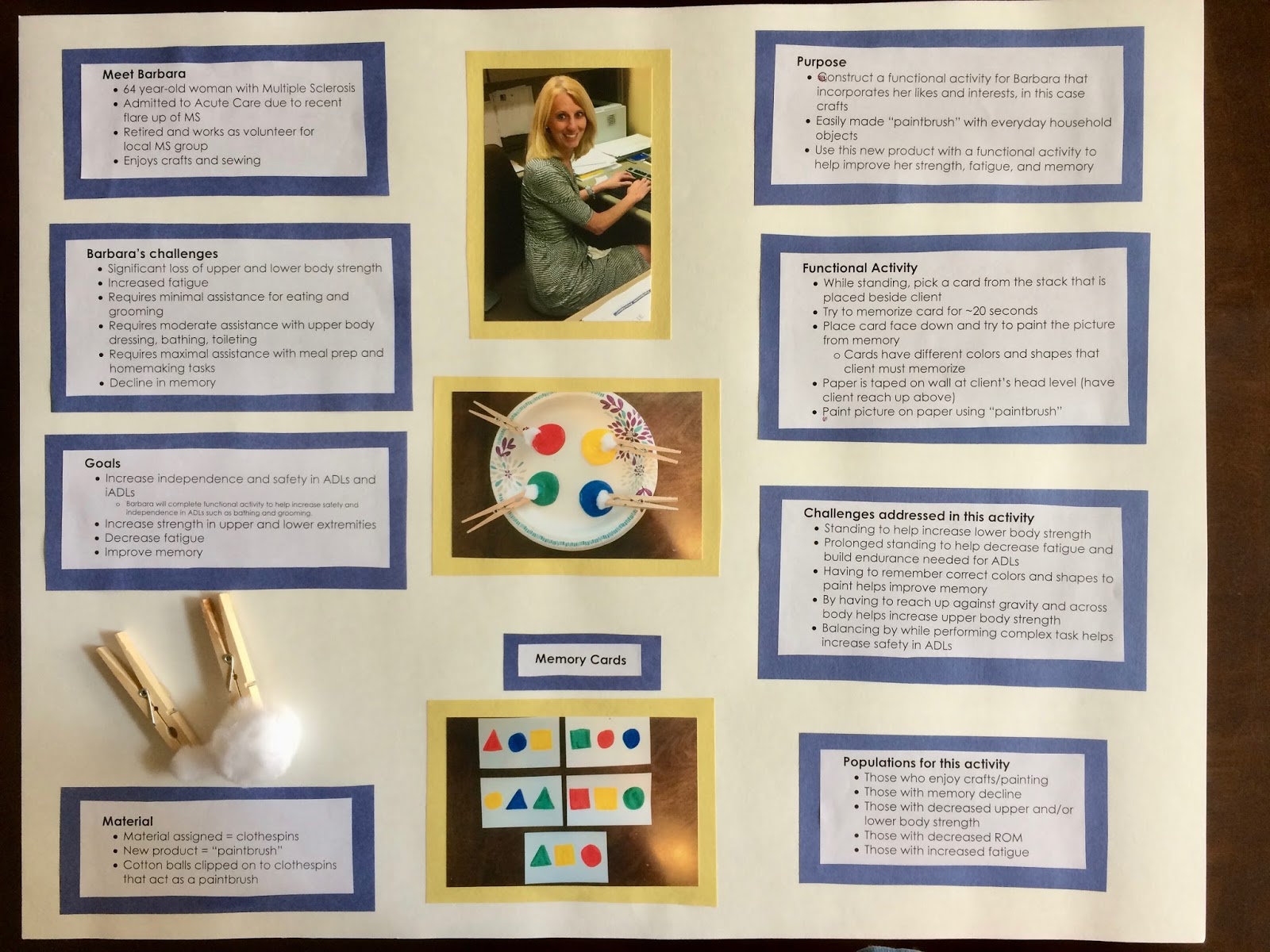Neuro Note # 5 - Sexual Function for Disabled
When looking through what I could write my last neuro note on, I wanted to pick something different that I haven't explored yet. As I was scrolling, an article caught my eye titled "Fu**tionality." I had to do a double take and immediately got sucked into the article. This article is very beneficial for every OT/future OT to read. It sheds light on a subject not addressed enough in the rehab world.. sexual function for the disabled. This article is a quick easy read written by Andrew Gurza, a young adult with cerebral palsy. He humorously points out how OTs can teach anything from holding a spoon to proper wheelchair technique but yet freeze up when a client brings up sex. From this course, we know that sex is an occupation which makes it completely in our field of practice to touch on. This occupation was very meaningful to Andrew in order to fulfill his role as boyfriend and also for his self-esteem. In this article he points out that his inability to perform sexually...

